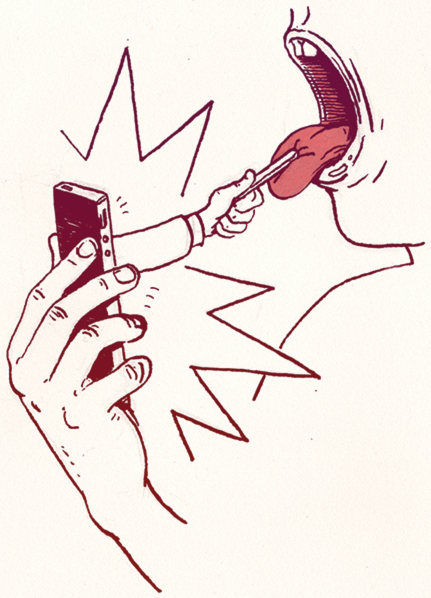ZEITGUIDE TO SUPERBUGS

What would a world without antibiotics be like?
This week’s superbug outbreak at UCLA’s Ronald Reagan Medical Center offered a grim preview. Medical scopes contaminated with CRE infected seven patients, and two have died. Another 179 were exposed to the contaminated scopes—and CRE can kill up to 50% of infected patients.
Such crises are playing out in hospitals around the globe. A recent report released by the U.K. Healthcare Infection Society concluded that 700,000 people die annually from drug-resistant infections, including TB and malaria. The study asserts that antibiotic failure could kill more than 10 million per year by 2050, more than all forms of cancer combined.
Here in the United States, at least 2 million people are infected with bacteria that are resistant to antibiotics resulting in at 23,000 deaths annually. Currently, 30% of severe strep pneumonia infections are resistant to one or more drugs. The excess direct cost of treating these superbugs? Up to $20 billion a year, by some estimates.
So how did we reach this stage?
Bacteria naturally evolve drug resistance, but we’ve sped up the process. Blame over-prescription by doctors and overuse of antibiotics in animal feed. There’s also been a lack of new antibiotic discoveries since 1987.
Health policy expert Dr. Ezekiel J. Emanuel pointed out in a New York Times Op-Ed that there is also the problem of economic incentive for creating new drugs. Diabetes or high blood pressure meds are taken daily, but life-saving antibiotics are usually taken for a shorter time period. That results in fewer sales, less profit and, as a result, antibiotic research lags behind another drug investigation.
There’s hope, though.
The same week that the H.I.S. report was released, a massive discovery in antibiotics was also published. Researchers at Northeastern University created a way to study soil microbes in the lab, and discovered 25 new antibiotics including one called teixobactin that has already cleared MRSA infections from lab mice. While it has yet to be tested on humans, it’s being called a “game-changer.”
Public awareness is also on the rise. Sales of antibiotic- free chicken are now over $1 billion. Even Chick-fil-A has taken notice: last year the fast food chain announced it would phase out all chicken raised with antibiotics. Other major chains like Chipotle and Panera also offer antibiotic-free meat on their menus.
There’s also promising research into using essential oils—extracts from oregano, turmeric, chilies, and mushrooms—instead of antibiotics in chicken. Lab studies also show that oils appear to bolster antibiotic effectiveness by making bacteria more susceptible to the drug.
So there is progress, but the CDC says that we still need to be concerned about the lack of new drugs in the short-term pipeline. “Without urgent action now, more patients will be thrust back to a time before we had effective drugs,” warned Thomas Frieden, Director of U.S. Center of Disease Control and Prevention in late 2013. We talk about a pre-antibiotic era and an antibiotic era. If we’re not careful, we will soon be in a post antibiotic era.”
